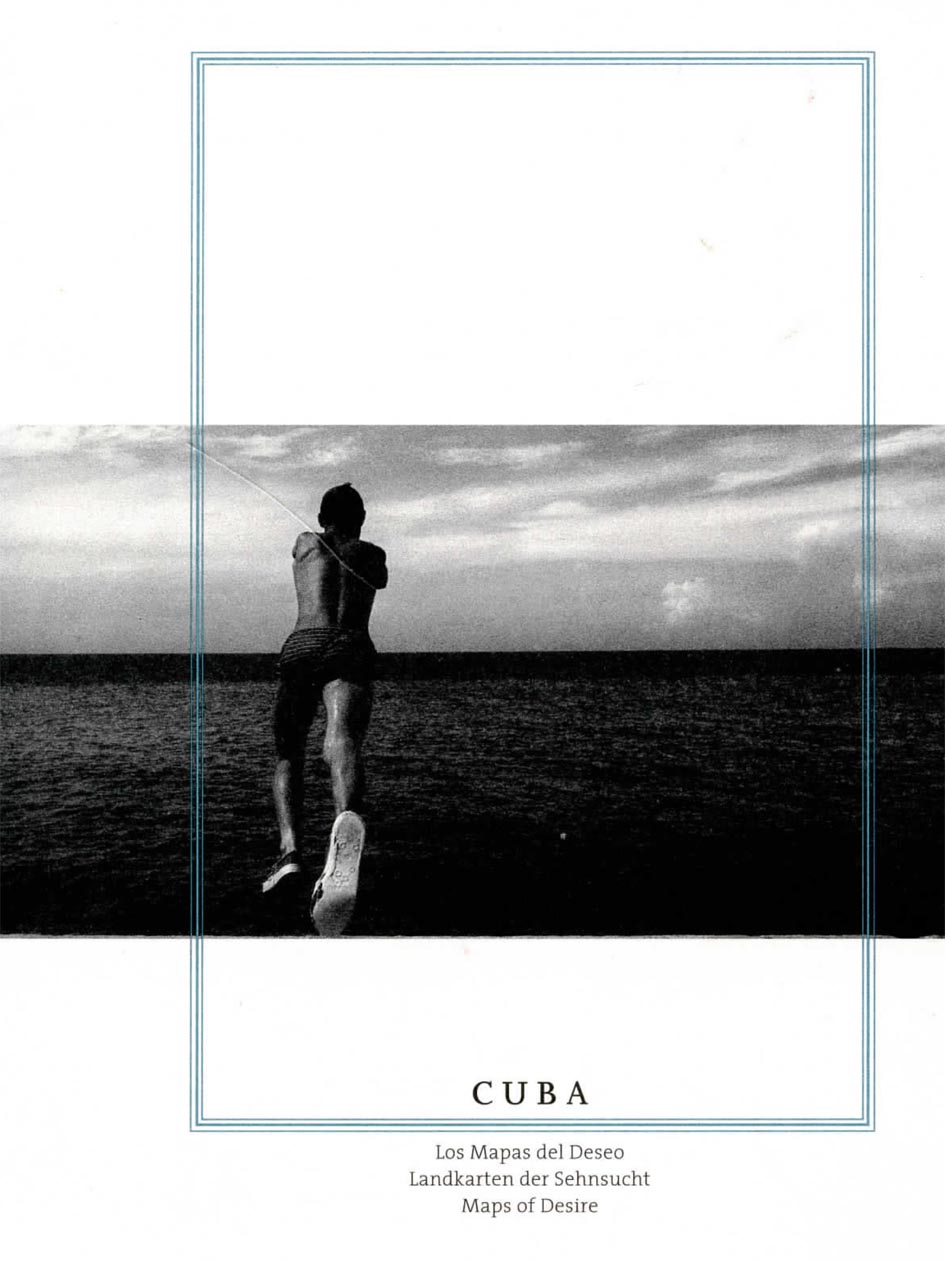Eugenio Valdés Figueroa
September 1999
From: Valdés Figueroa, Eugenio. “Cuba, Maps of Desire,” Ed. Kunsthalle Wien, Austria, 1999, (illust.) pp. 156 – 157.
ISBN 9-783852-561103
Cuba, Maps of Desire
by Eugenio Valdés Figueroa
Between 1988 and 1993. Tania Bruguera gave a series of performances titled “Rastros Corporales (Physical Traits)” in Havana. This was a series of performances in homage to the work of Ana Mendieta and accompanied by photographic documentation of some of the sculptures of the Cuban-American artist. Since then, the work of Bruguera has never strayed from the path of a resurrection of Mendieta. I would say that in the aesthetics of Tania Bruguera we are dealing with a spiritual split rather than appropriation. Her art is a zone where personal memories (hers and those of Mendieta) intermingle with the allegorical reproduction of social, political, cultural circumstances and processes marked by detachment, interruption, fission.
For Bruguera, immersing herself in the aesthetic experience of Mendieta meant to symbolically experience the separation from herself in order to reunite with the Other; only in her case, like that of Ana Mendieta, being inseparably tied to the place from which we were once torn means to be inseparably linked with ourselves.
Desire and sin are but two sides of the same coin. In popular Cuban phraseology “eating earth” is the very last resort. But when Tania Bruguera eats Cuban earth and water with salt in her performance “El Peso de la Culpa” (The Burden of Guilt), she is really committing an act of “antropophagia” which implies a kind of Eucharist, a purifying ingestion of herself and her work. Again, this is a return journey to the maternal womb, to Mother Earth. But this time it is a dialectic journey that comes full circle with the expiation of the punishment of our exile. It is as if a paradox circularity between desire and guilt were established. The lamb hanging from her neck is at the same time both guilt and a protective shield: submission is here presented as an alternative survival ritual, as fake acceptance, as a defence of nonconformity.
The transgressive capacity of desire, its potential quality of invading difference or leaving behind the limits of reality and its element of transcendence are founded on the opposition to the established order. From this point of view, desire has a Utopian content, a longing that makes it swing in an oscillating movement above the dividing line that separates the possible from the impossible marking a spatial relation.
